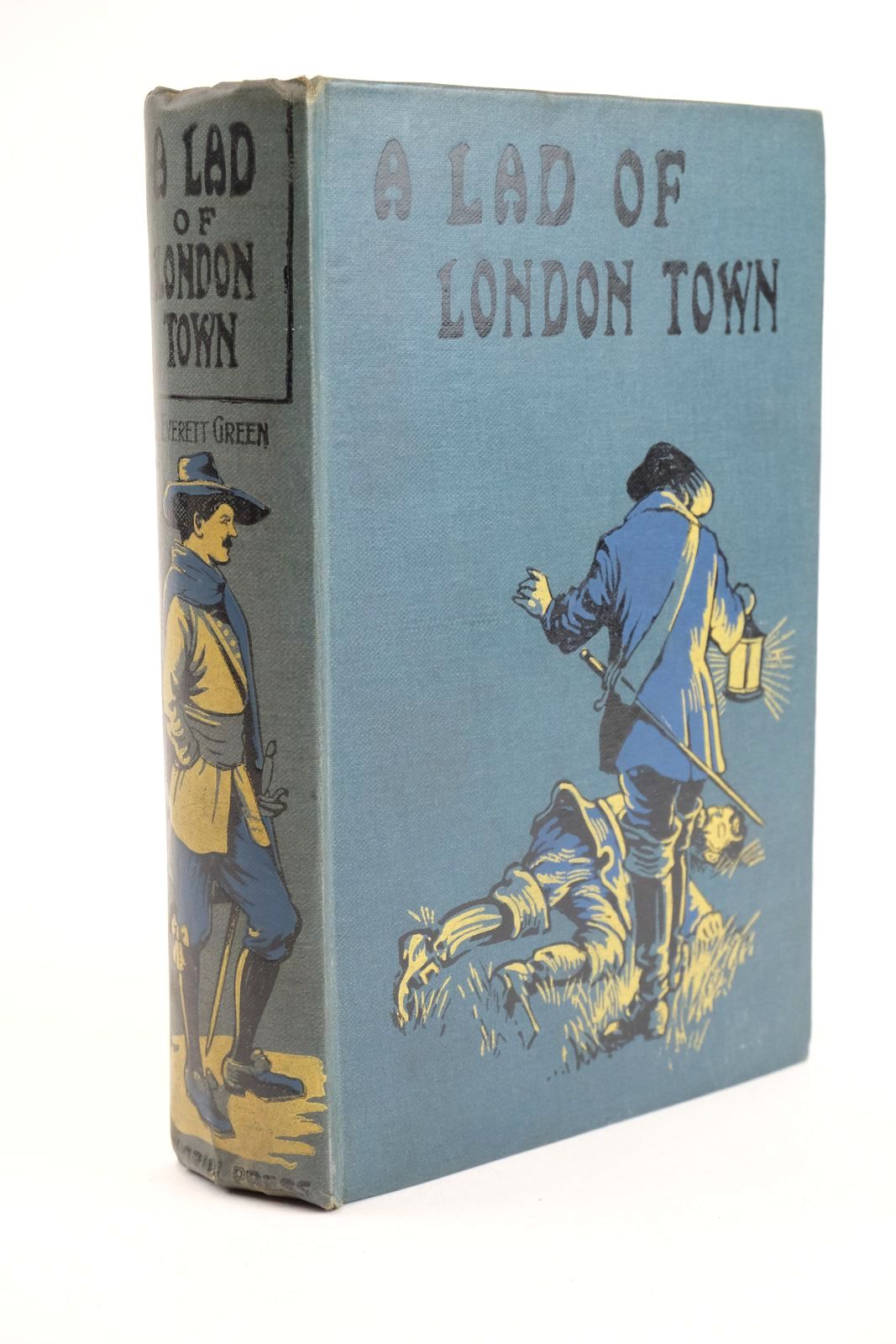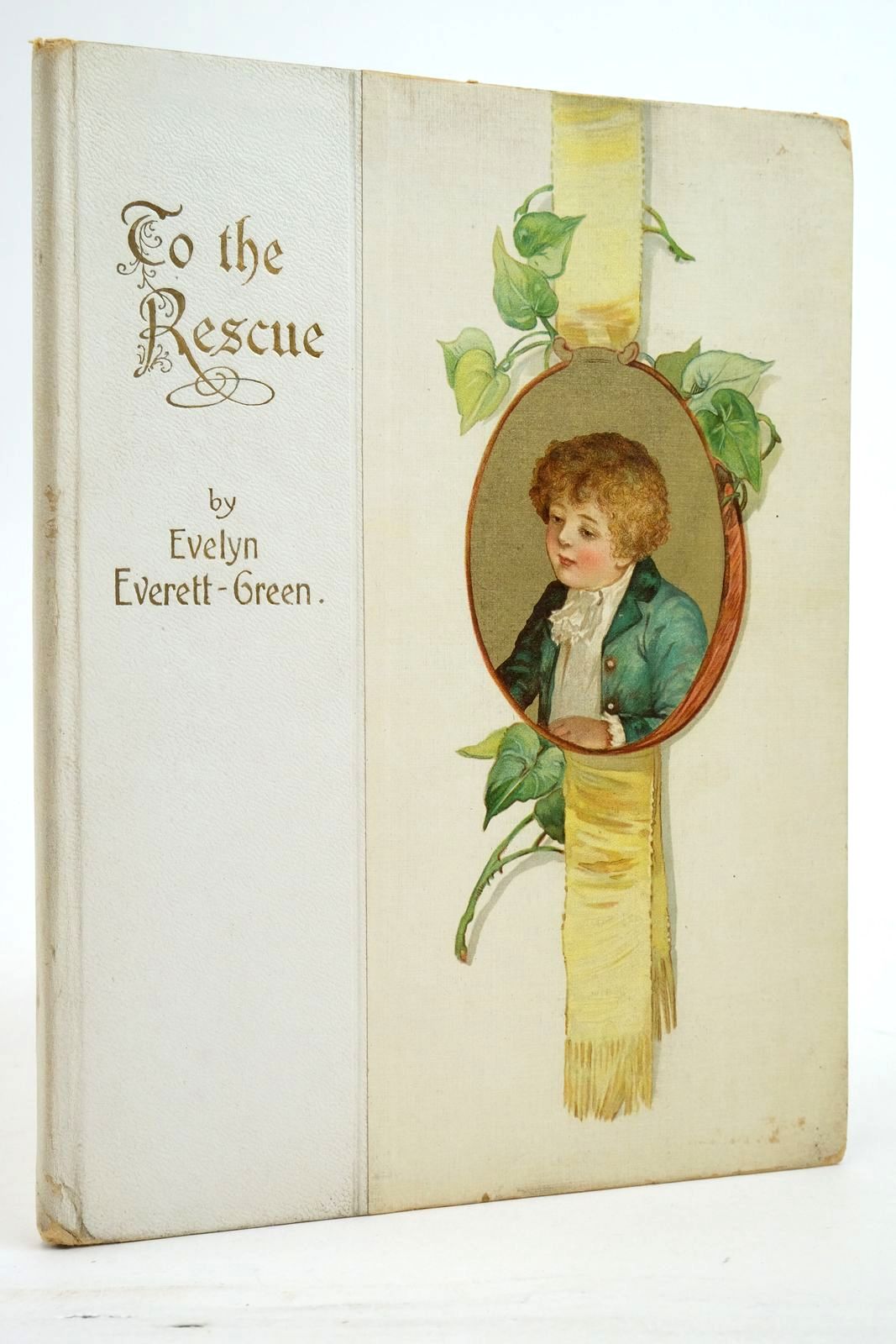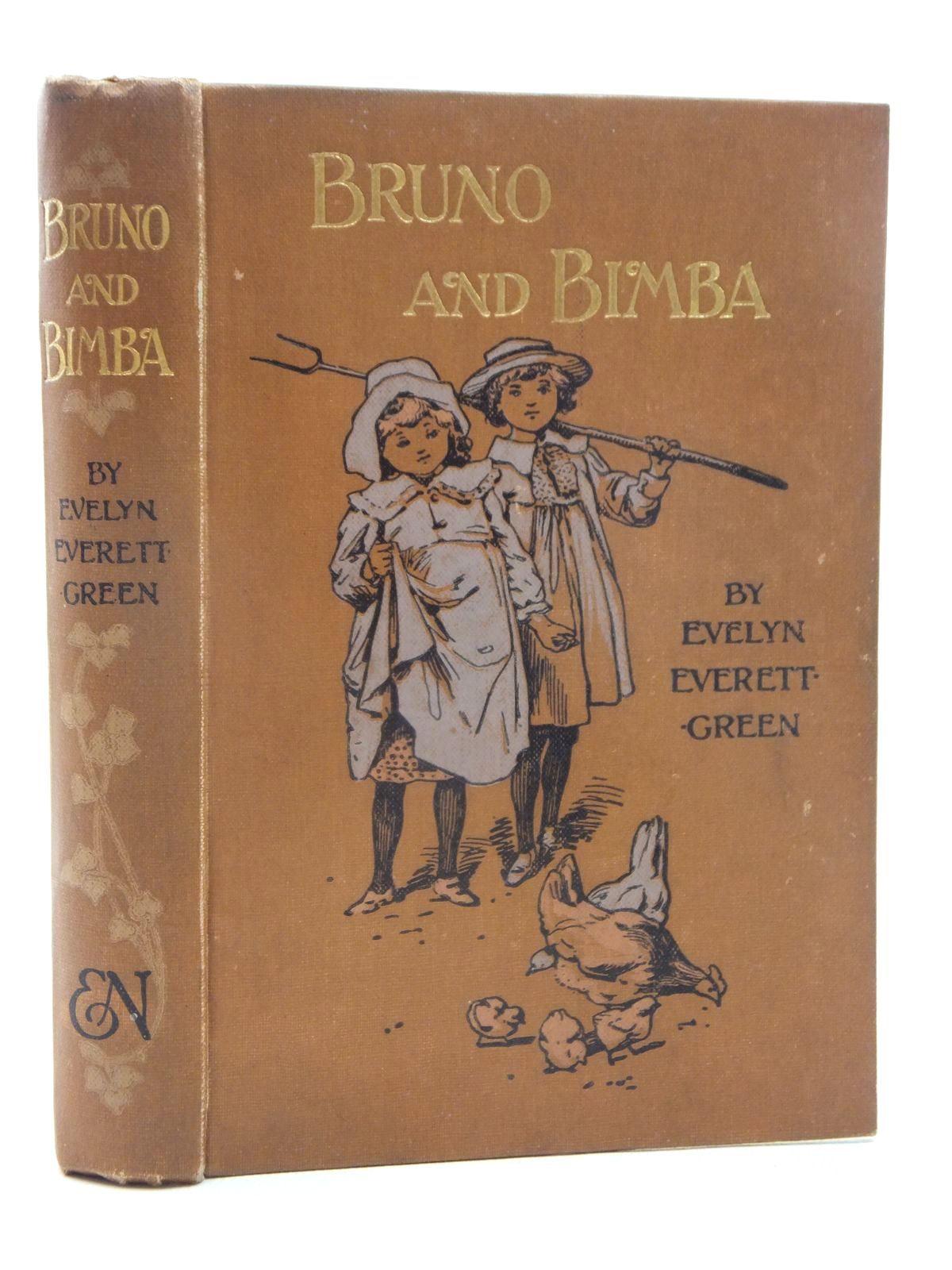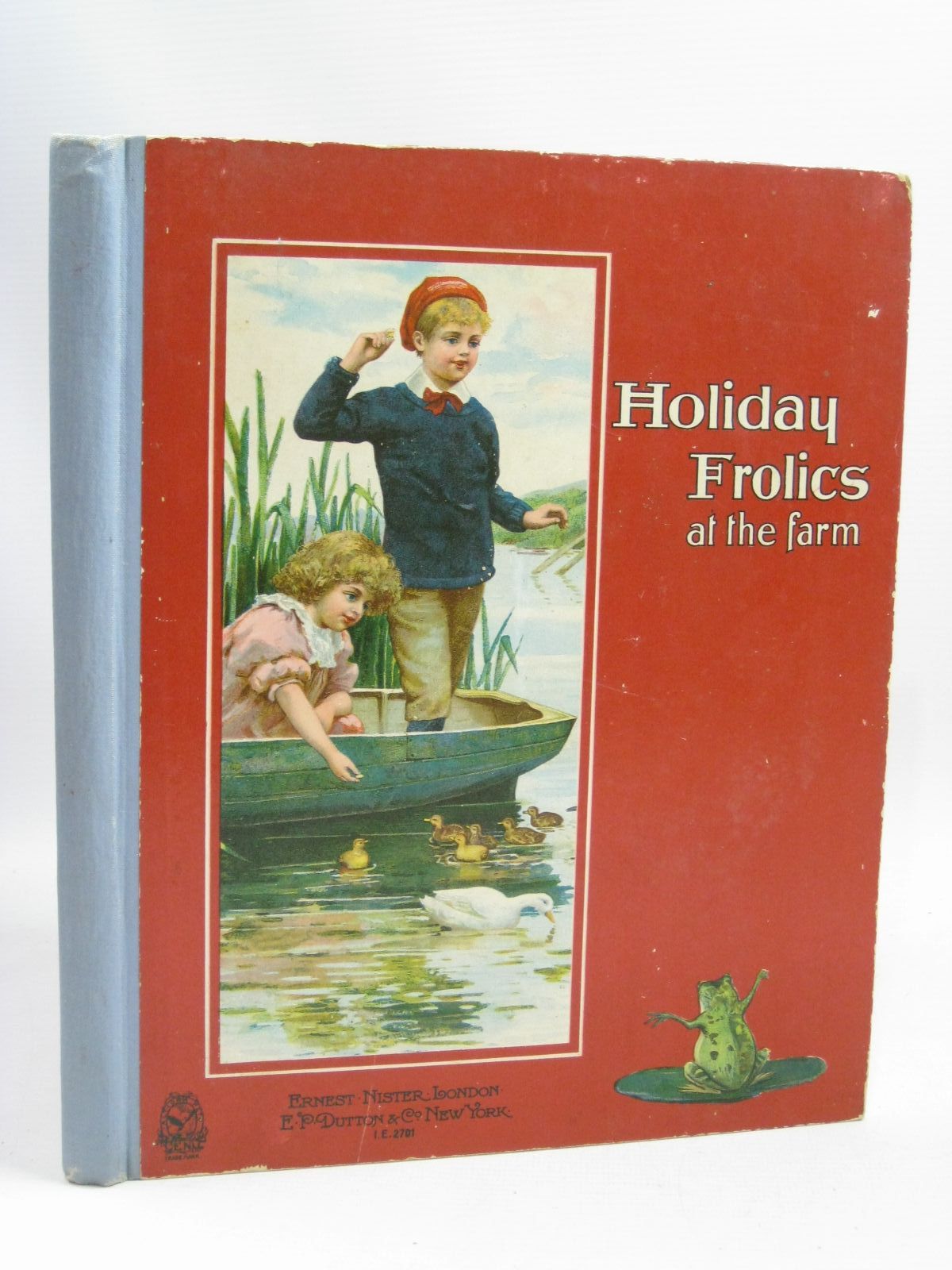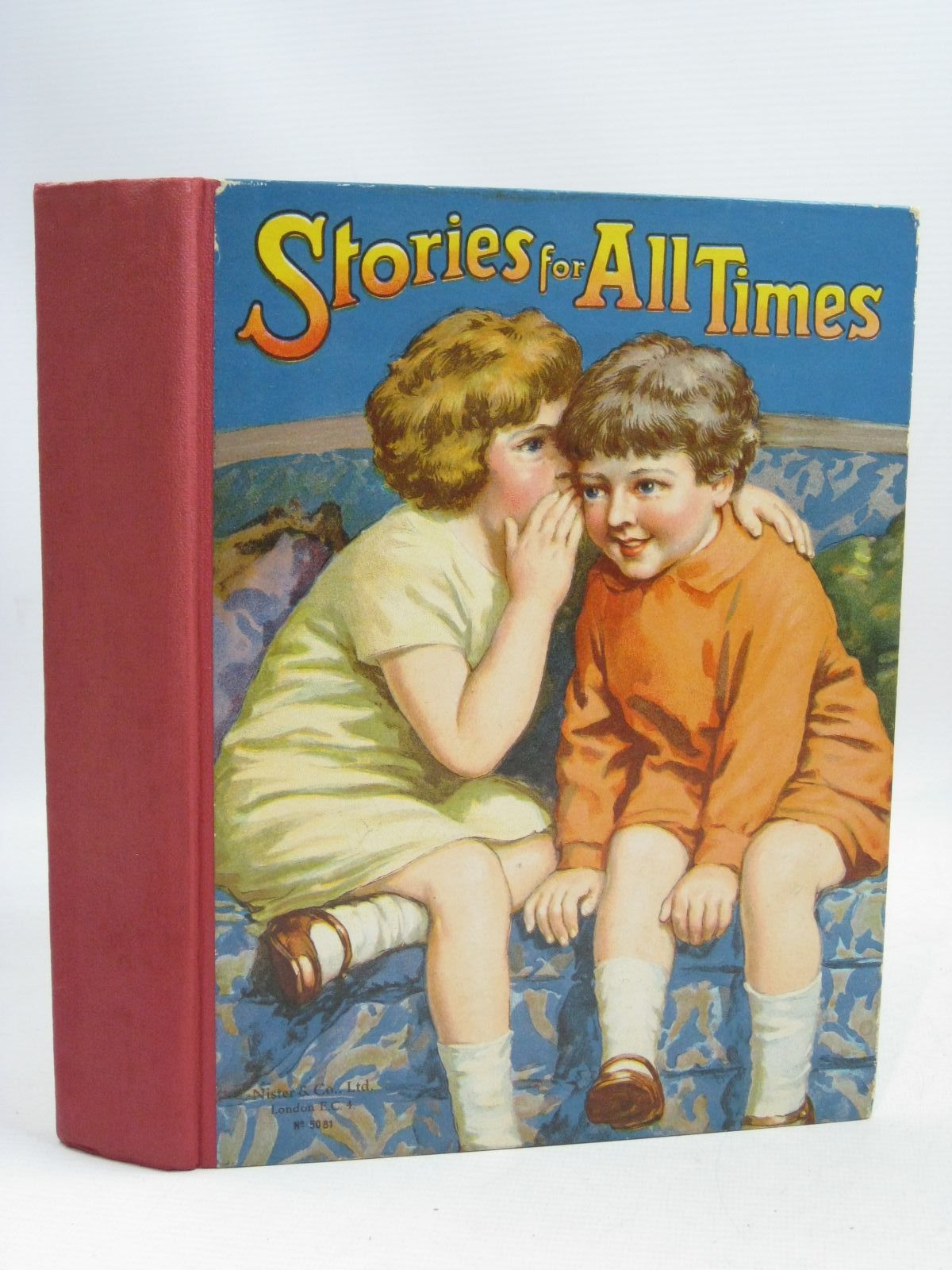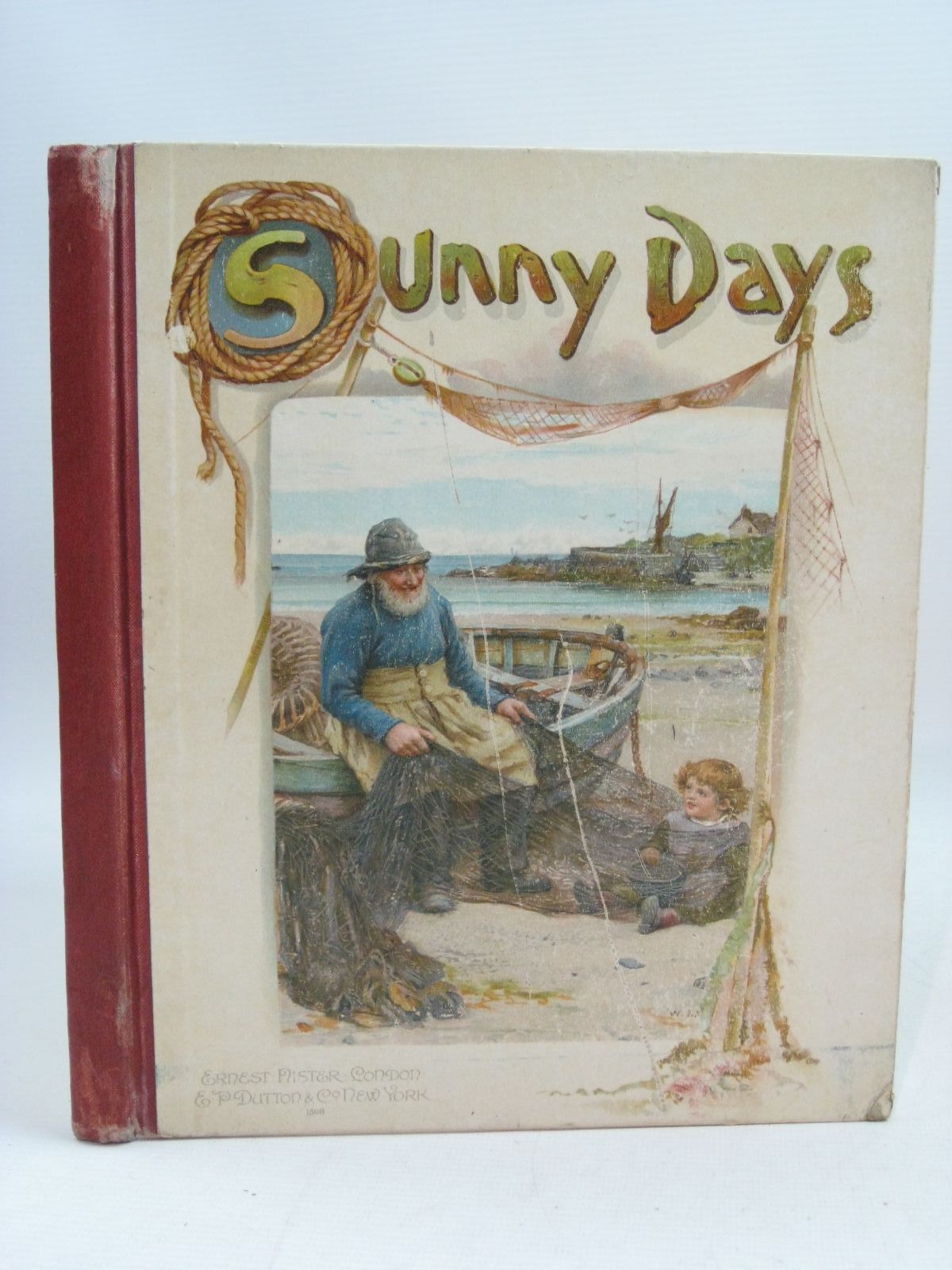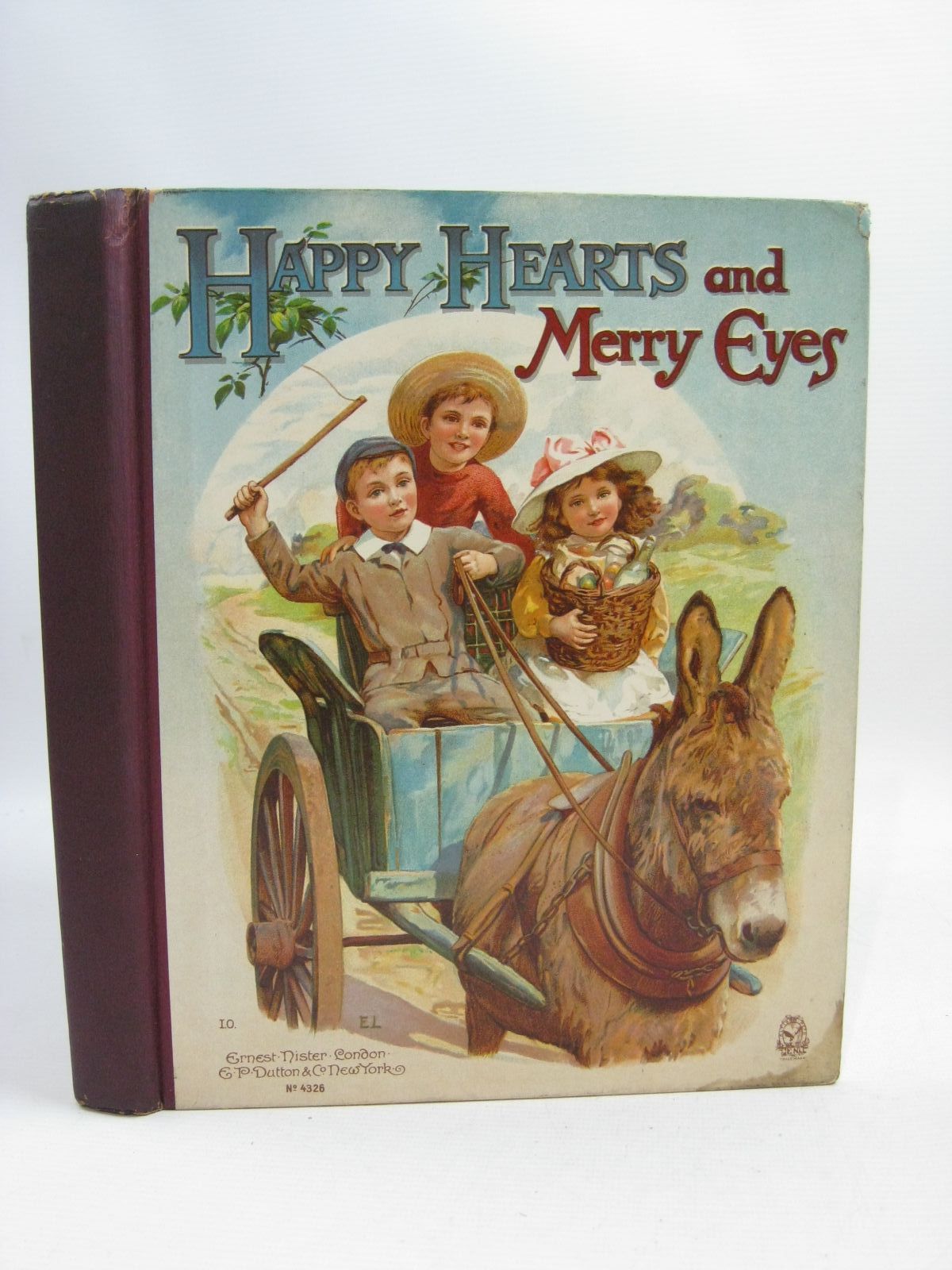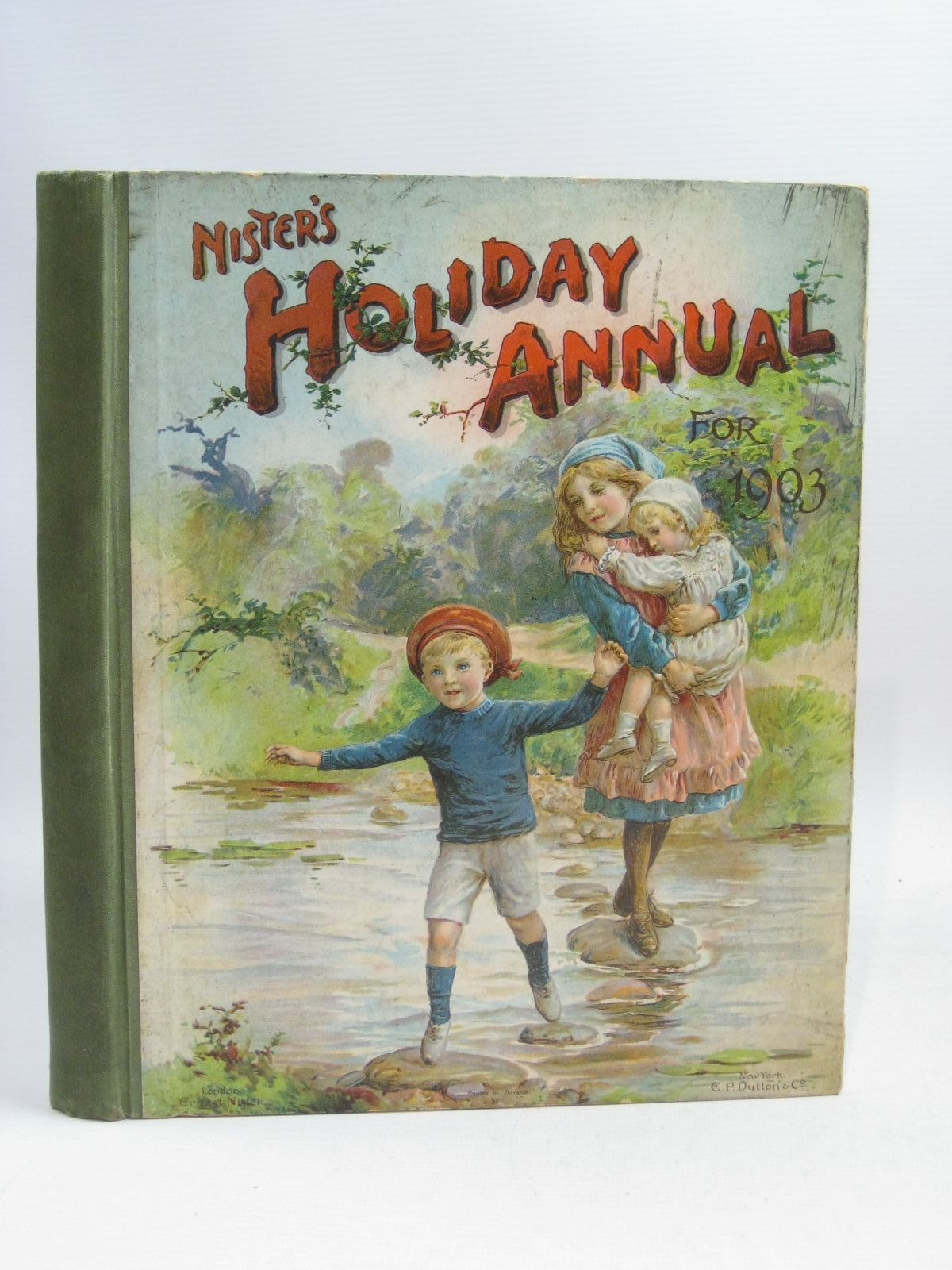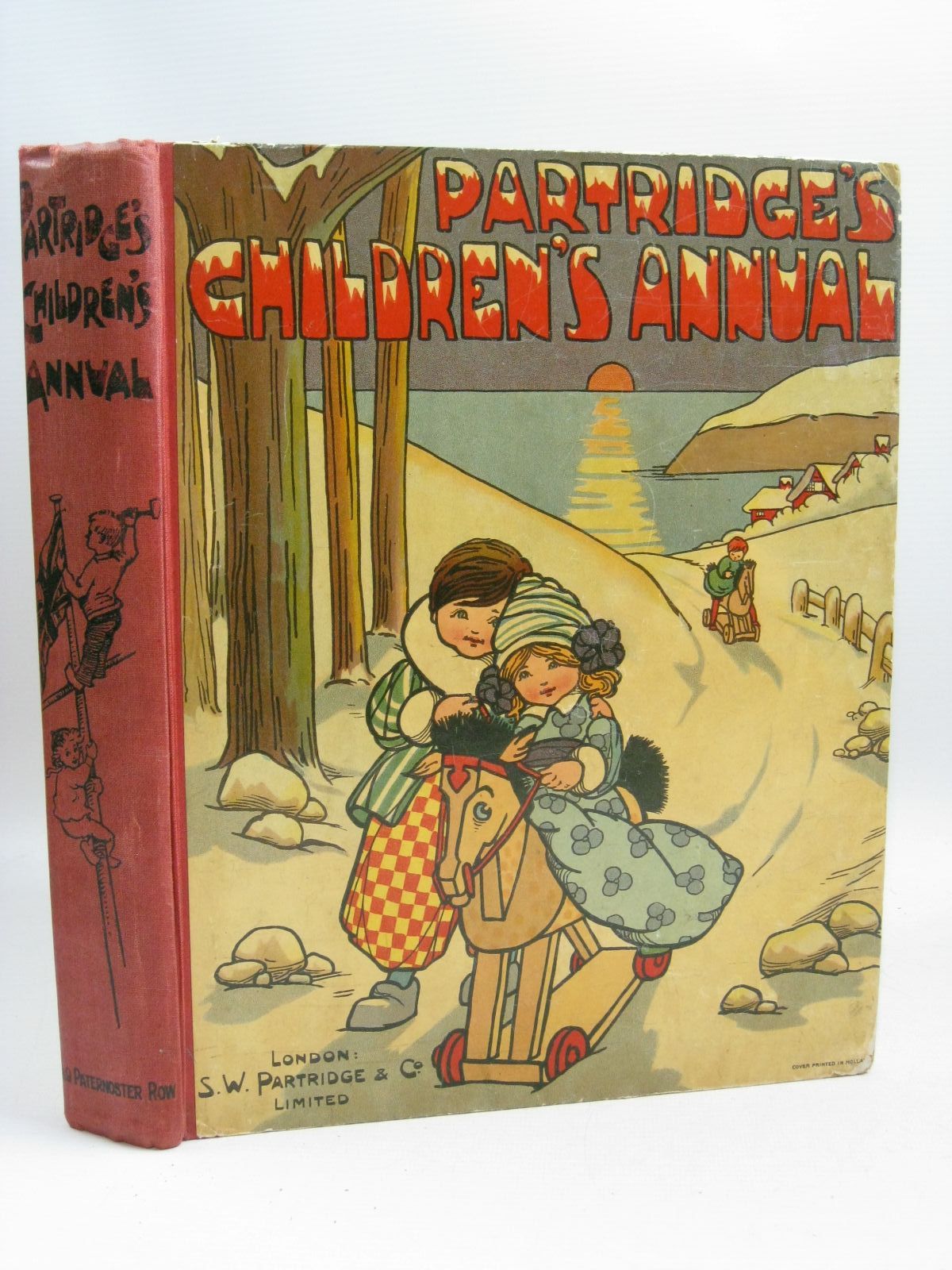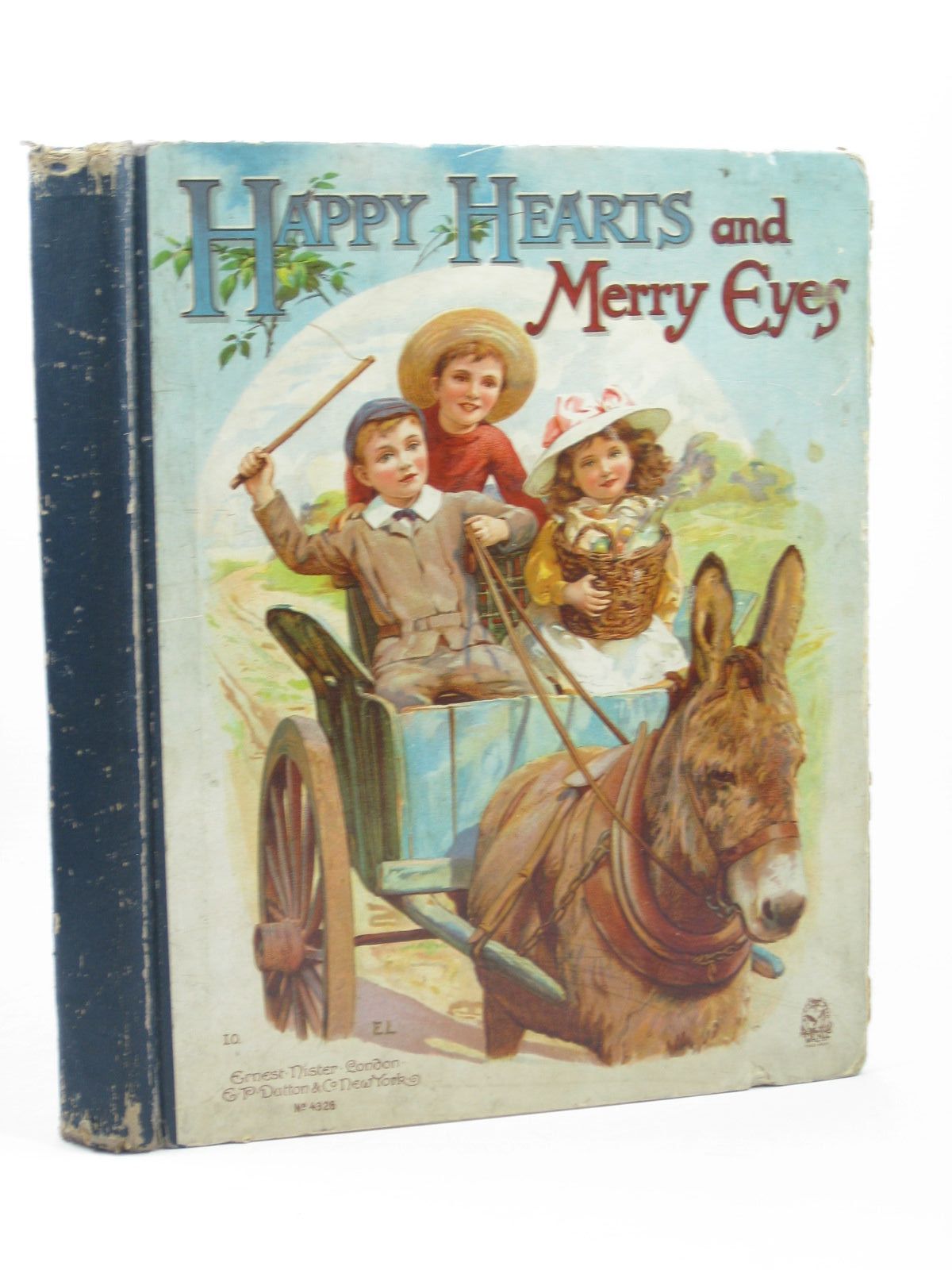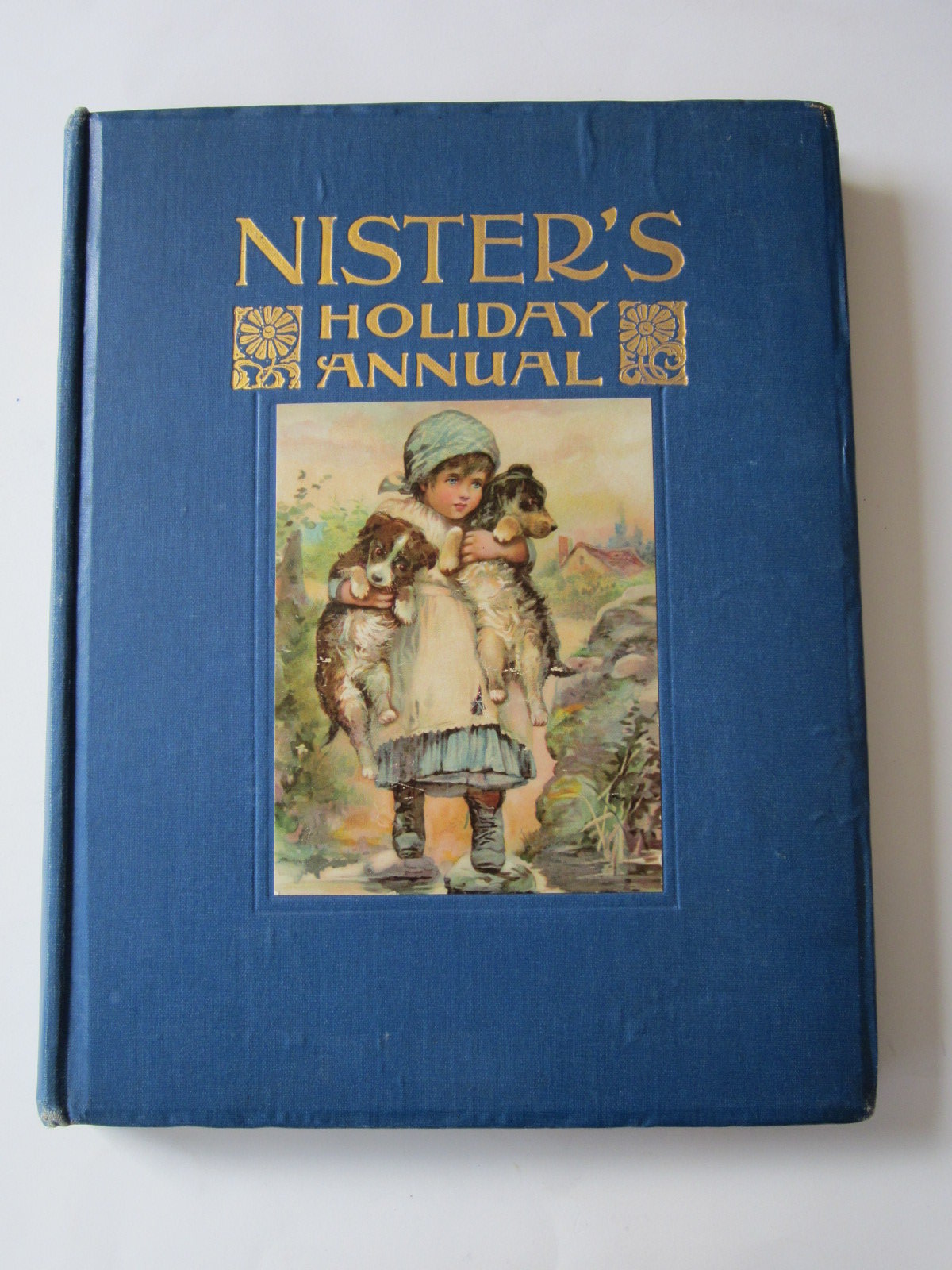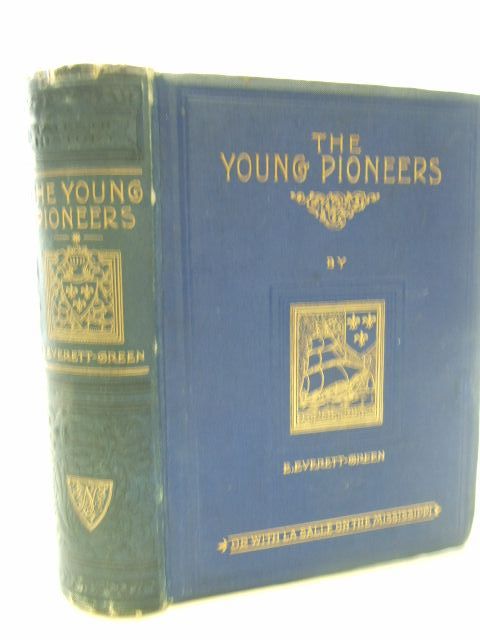Evelyn Everett-Green
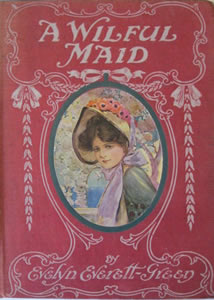
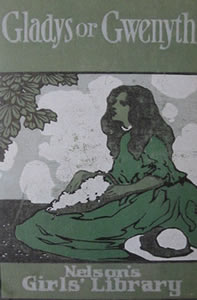
Evelyn was born on 17 November 1856 at 7 Upper Gower Street, London, the third of four children of the historian Mary Anne Everett Wood (1818-1895) and the painter George Pycock Green (d. 1893). The family were Methodists, and the Greens added Everett to their name after George Pycock's friend, the Wesleyan historian, James Everett. Evelyn was educated at home by her parents until the age of twelve, and at Mrs. Bolton's Gower Street Preparatory School. She won the Reid Scholarship and attended Bedford College of the University of London from 1872-73. It was while at Bedford College that she wrote her first novel (Tom Tempest's Victory, published in 1880), and she continued to write while studying at the Royal Academy of Music. Her brother Robert's (b. 1847) death in 1876 meant the end of her plans to go to Indiawith him, and she occupied herself with good works, including Sunday School teaching and nursing. In common with most of her contemporaries within the girls' fiction genre, she began her writing career as a writer of prize books for the Sunday School circuit, published by the Religious Tract Society.
Evelyn wrote fiction in three distinct genres: stories for young children; stories for older girls, including historical fiction (comparable to that written by G. A. Henty for boys); and adult romantic fiction, which she wrote under her pseudonym of Cecil Adair, and after she had left England to live abroad.
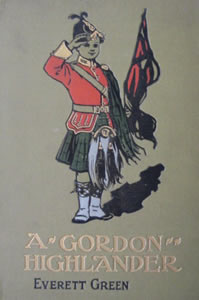
Evelyn was one of the most popular novelists of her generation, and one of the best-selling authors (under her pseudonym of Cecil Adair) of her publisher Stanley Paul. More than 200 of her novels were written under her own name, while others were written using the pseudonyms of H.F.E., Cecil Adair, Evelyn Ward, and Evelyn Dare. Her faith as a Methodist is apparent in her novels, as is the influence of her mother in her historical novels, and the influence of her father in her acute perception of colour and textures in her adult romantic fiction. Her novels deserve close study both from her sensitive setting of scenes and depiction of character, and from the place that they occupy in a rapidly changing literary landscape responding to the changes brought about by the Great War and the uncertainty attending the social reconstruction in the years following.
Stella & Rose's Books would like to thank Mr. Geoffrey Gower-Kerslake for his kind submission of this article.
(Published on 1st Nov 2013 )


